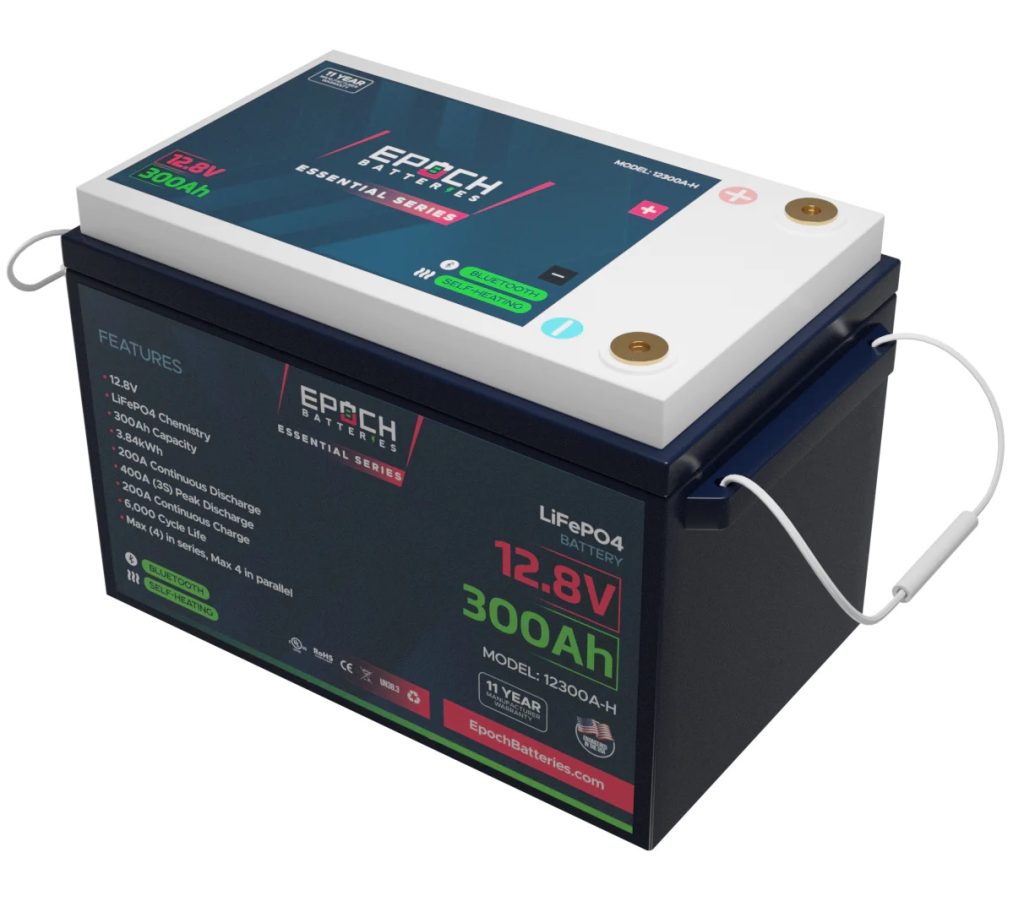Charging 12V batteries efficiently is crucial for ensuring the reliable operation of various applications, from automotive vehicles to renewable energy systems. A well-planned charging strategy not only extends the battery’s lifespan but also optimizes its performance. In this article, we’ll explore some key charging strategies for 12V batteries.
Constant Voltage Charging: This is one of the most common charging strategies used for 12V batteries. In constant voltage charging, a fixed voltage is applied to the battery, typically around 13.8 to 14.4 volts for lead-acid batteries. This voltage level is maintained until the battery is fully charged. It’s a simple and effective method, often used in automotive charging systems.
Three-Stage Charging: Many modern chargers employ a three-stage charging strategy: bulk, absorption, and float. In the bulk stage, the charger delivers a high current to rapidly charge the battery, usually at the constant current phase. Once the battery reaches a predefined voltage, it enters the absorption stage, where the voltage is held constant, and the current tapers off. Finally, in the float stage, a lower voltage is maintained to keep the battery fully charged without overcharging.
Pulse Charging: Pulse charging is a more advanced technique that involves sending short, high-intensity pulses of current to the battery. This method helps prevent the development of lead sulfate crystals on the battery plates, which can reduce capacity and performance over time. Pulse charging is effective for reviving deeply discharged batteries.

Temperature Compensation: Temperature affects battery performance. A temperature-compensated charging strategy adjusts the charging voltage based on the battery’s temperature. As temperature rises, the voltage should be reduced to prevent overcharging, and conversely when the temperature drops. This approach is particularly useful in environments with extreme temperature fluctuations.
Smart Charging: With advancements in technology, smart chargers have become increasingly popular. These chargers use microprocessors to monitor and adjust the charging process dynamically. They can analyze the battery’s condition, temperature, and charge level, ensuring that the battery is charged optimally. Some smart chargers even have desulfation modes to break down lead sulfate buildup on battery plates.
Solar Charging: 12V batteries are commonly used in off-grid solar systems. When charging with solar panels, a solar charge controller is employed to regulate the charging process. These controllers use Maximum Power Point Tracking (MPPT) to optimize the power output from the solar panels and ensure efficient charging.
Deep Cycle Battery Charging: Deep cycle batteries are commonly used in applications like RVs and boats. They are designed to be discharged deeply and charged regularly. Charging deep cycle batteries typically involves a slower charge rate and a longer absorption stage to ensure complete charging.
Maintenance Charging: For batteries in standby applications, 12V LiFePO4 Battery such as backup power supplies or emergency lighting, maintenance charging is essential. A maintenance charger maintains the battery at its optimal state of charge, preventing self-discharge and sulfation.
